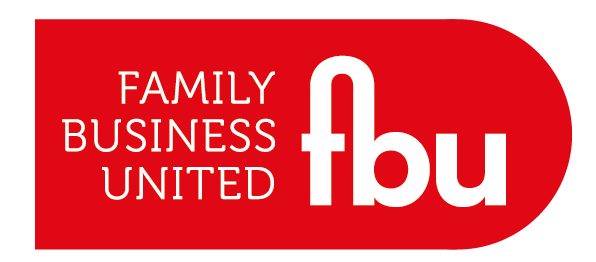The Myth Of The Hero’s Journey As A Storytelling Strategy
- Guillermo Salazar
- Feb 26, 2024
- 4 min read
Updated: Aug 12, 2025

Family businesses that foster a culture of intergenerational connections and a long-term vision include a robust set of family values and stories to pass on to future generations. Understanding the language of family mythology and the behaviour of narrative processes can help positively transform the purpose of the legacy and the meaning of its transmission to future generations.
After more than two decades working as a family business advisor, I have found an unbreakable connection of the history of the venture that created their wealth and legacy, with the classical archetype of the hero and his journey.
A Family Business With A Thousand Faces
In his 1949 book, The Hero with a Thousand Faces, anthropologist Joseph Campbell proposed the term monomyth as a universal mythological structure, applicable to all societies or groups of individuals that have built, over at least three generations, a collective identity.
In the extensive catalogue described in his work, he names the stories of the Buddha, Ulysses, the original African woman Massassi, Gilgamesh, Jesus or Quetzalcoatl, as some of the examples of universal characters who identify with the pattern of the hero's journey, which is divided into three basic stages or acts of narration: separation from the world (X), penetration to a type of power source (Y) and return with a grown life (Z).
In the first stage, the hero is an ordinary character who undertakes an extraordinary journey following a “call” (which he initially rejects) to enter an unknown world, full of mysterious powers and characters and strange events.
Once passes the threshold that separates him from his home world, the hero will face different tasks and tests, either alone or with help. However, there is one crucial test that the hero must complete to overcome death and receive a reward. Once completed, the hero must decide whether to return to the ordinary world with the obtained gift.
If the hero chooses to return, he will face new challenges on the way back to the ordinary world, including acceptance (or not) by those who have not left their original world. If his return is triumphant, the hero uses the blessing or reward to improve people and bring justice.
Applying The Model
The collection of information is done during the consulting process, in sessions where the data was sorted as the information was generated organically with the family members, with temporary leaps forward and backward, revealing, discovering and remembering the most important references and testimonies that were outlining the structure, important characters and their interactions, places, objects, business achievements and other facts of the environment that frame the entire narrative, until creating a coherent composition based on the model that we have previously explained.
Building family storytelling based on the structure of the myth of the founder, is a cohesive function of legend-making that helps order their collective memories and give coherent meaning to their values transmission, especially businesses in second and third generation stages.
Also, storytelling ability depends on the capability to listen actively. In reconstructing a shared past, compassionate and empathetic listeners with the approval to question and express curiosity, even about painful events, are vital for values transmission.
Books, comic books, video testimonials and life documental films can use this structured information as a vehicle to reinforce the message of family values, lessons, and principles for the next generations.
Storytelling Benefits
The creative direction in the construction of family storytelling helps us to order and give coherent meaning to the story and its messages. Some of these collected lessons can be:
For the Founders: The hero must return from the magical world (retirement). You must share the elixir with others. You will leave undoubtedly a legacy. You deserve a recognition.
For the Next Generations: We can all be a hero. It is okay to be afraid. You will have help. You’re not alone. A defeat is not the end of the road.
Shared stories serve as a means of transmitting and preserving the founder’s vision from generation to generation. However, each generation can enrich the transmitted stories. As responsible for a shared legacy, family leaders can transform the myth and feed a group image of their past, highlighting an ancestor with a particular heroic behaviour: “A myth cannot be artificially created or destroyed, but it can be modified” (Joseph Campbell).
Although most of families can identify the need to commit on preserving and legitimate their memory, some cannot achieve it by their selves. In these cases, specialized advisors have an essential role as guides for a creative process that is both mouldable and healing, positively influencing the level of family business innovation and entrepreneurship, motivating next generations to commit to the long-term success.
The hero’s journey as a healing tool that makes conscious the unconscious, is based on the power of the monomyth that has supported civilizations for millennia, exploring internal mysteries and rites of passage.
Stories focusing on past achievements and resilience provide enterprising families with learnings that remains impressed on their consciousness using their own words. It is not the experience of life itself, but the meaning the family gives it.
My best advice is: Know yourself and know your family.
About the Author - Guillermo is the founder of Exaudi Family Business Consulting. He is a lecturer, educator, author, and expert advisor on family governance, strategic succession planning, generational transition, and conflict resolution. He is an FFI Fellow. Guillermo is the recipient of the 2015 FFI International Achievement Award.





%20copy%20(4)%20copy%20(1)%20copy%20copy%20(1)%20copy%20(1)-Medium-Quality.jpg)



.png)
























